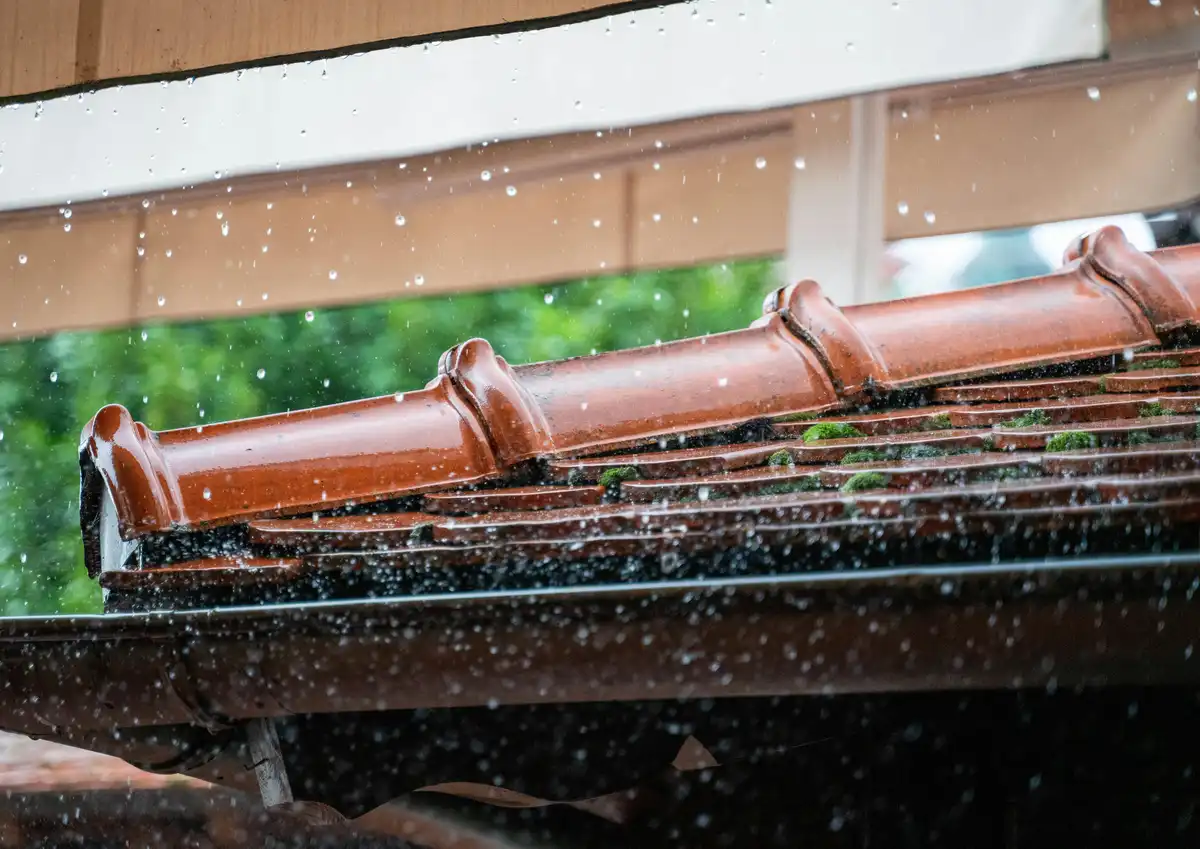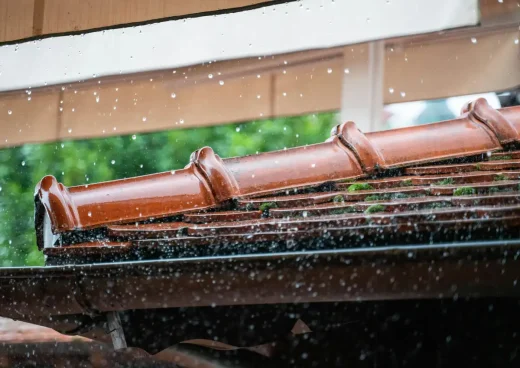How to Install a Roof Ventilation System Tips, Building Vents, Property Repair
How to Install a Roof Ventilation System
17 Dec 2020
Proper roof ventilation plays a vital role in keeping your roofing and attic in good shape. An efficient ventilation system can significantly lower your heating bills, enhance shingle lifespan, and reduce winter ice dams.
What’s more, ensuring your roof vents are in good shape may spare you wallet-draining future repairs. With that in mind, you should pay attention to your roof and install or replace vents as soon as you notice something isn’t right.
How to Install a Roof Ventilation System Help Guide
Fortunately, roof vents are very easy to install.
However, when dealing with more severe issues, it might be a good idea to contact specialists from companies like Rubber Roofing Direct Online to help you out.
But if you’re sure that all you need are new vents, then the installation process shouldn’t cause you any trouble. That is, of course, if you know what you’re doing.
And to ensure that, we’ve prepared the following guide.
When to Replace/Install Roof Vents
But before we get to the main point, let’s answer one, and yet a fundamental question. How to determine whether your roof needs new ventilation? After all, you probably would like to avoid spending money on unnecessary repairs.
Here are the warning signs you should pay attention to:
- Droplets of water, also known as “roof sweating”
- Damp patches
- Musty smell
- Black mould growing on things you keep in the attic
But aside from an unpleasant smell and other minor inconveniences, an inefficient roofing ventilation system can also have more significant consequences, including negative effects on your health.
Without reliable vents, your house traps warm air, generating extra moisture. Condensation can reduce your roofing’s life expectancy, or even cause damage to your loft. Not to mention how significantly it can decrease your home‘s value.
Things to Consider Before a Roof Vent Installation
Okay, you know that you need to install vents. Now what? You can’t start your work without proper equipment and measurements. You need to determine what type of vents you need, how many of them should you install, and where to place them.
When it comes to the first thing, you should know that each roofing requires different vents. For example, if your house has tile roofs, it requires tile or slate vents.
Once you know what vent type is required, it’s time to determine the number of vents you should place on your roof. To do that, it’s best to measure your attic and roof.
Once you do that, we recommend contacting a competent roofer who will tell you the exact number of vents you should install. Too many of them may increase your roofing’s vulnerability to leaking, whereas too little may not be enough to solve your problems.
What You’ll Need to Install a Vent
You’re almost ready to go. There’s just one more thing you need to take care of before starting your work – the proper equipment. Here’s what you should prepare to make sure your installation process goes smooth:
- Drill and drill bits
- Ladder
- Ruler and marking pencil
- Hammer, nails
- Reciprocating saw or jigsaw
- Pry bar
Once you prepare all your tools, it’s time to have some fun.
Step-by-Step Guide
Let’s get to work, shall we? Below, you’ll find a step-by-step guide on how to install a roof vent correctly. Also, to avoid confusion, we’ve prepared the following instruction based on a traditional tile-roofing technique.
But without further ado, let’s install a vent:
- Go up to your attic and drill a hole upward through the middle of your desired area. Don’t forget to leave the drill bit sticking up through the roof so that you can find it easily.
- Place your ladder in a secure position and climb up the roof.
- Once you locate your drill bit, use a ruler to measure the area of the vent.
- Using the drill bit as the centre, measure the same space size into your roof with your ruler and marking pencil.
- Take your saw and cut through the line you’ve marked. You should cut both through your shingles and wood underneath.
- Use the pry bar to loosen up the shingles around the hole.
- Turn the vent upside down and apply a bead of caulk to its flange.
- Slide the vent’s top and sides underneath the shingles around. Leave the bottom side of your vent exposed and laying above the roofing.
- Hammer in a nail every few inches to make sure the vent’s structure is secure.
- Use other nails to secure loose shingles.
- Repeat the whole process for every vent.
Conclusion
As you can see, installing a roof vent is an easy DIY job. That’s why you shouldn’t hesitate and act quickly when you notice there might be something wrong with your roof ventilation.
As mentioned above, insufficient vents can not only have disastrous effects on your roofing’s lifespan but also on your overall living experience. The most common sign that your ventilation isn’t working is the so-called “roof sweating”, followed by a specific, musty smell.
Of course, the chances are that the problem is much more severe. In that case, it’s best to seek help from professionals. However, if all you need to do is replace a few roof vents, then you can do it all by yourself.
Oh, and a piece of advice. It’s best to perform such a project during late spring and summer. During autumn and winter, the weather conditions can make it much more dangerous, and you can be sure that spending Christmas covered in the cast is something you wish to avoid.
Comments / photos for the How to install a roof ventilation system – page welcome
Glasgow Buildings
Glasgow Buildings Selection – architectural design selection below:
Comments for this Roof ventilation system installation guide ppost welcome

